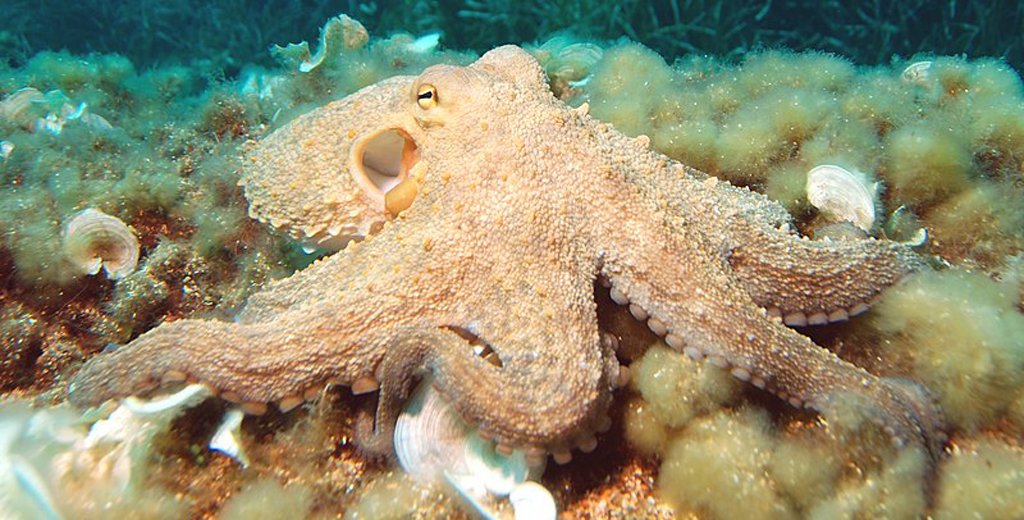.@BBCFarmingToday Bluefin tuna in UK seas and other fish species. This is a thread to shed more insight on your 8th December programme and this article (See 2)bbc.co.uk/news/uk-englan…
2) Bluefin tuna started reappearing in UK seas about 12 years ago. I, along with colleagues, gave an explanation in 2019 in our article in the journal 'Science Advances', free to read here: (see 3)science.org/doi/10.1126/sc…
3) Simply, the north Atlantic bluefin tuna population seesaws northwards and southwards depending upon climate and sea temperature. This graphic explains. (see 4) 

4) Bluefin tuna are not the only warm-water species appearing in our seas, however. Recreationally, an angling 'club record', 3 lb 15 oz bonito (Sarda sarda) was caught off north Devon this summer: (This is a bonito but not the 3 lb 15 oz one 😀) (see 5)northdevonanglingnews.co.uk/2023/08/16/clu…
5) That north Devon club record catch beat a 3lb 8 dr Atlantic bonito caught at Hartlepool Heugh in North East England in 2015: (see 6)facebook.com/seaanglermag/p…
6) But bonito have been around for a while, perhaps unsurprisingly, appearing around the time of reappearance of Bluefin tuna. Here, is a report of Atlantic bonito caught in the North Sea in 2010: (see 7)thefishsite.com/articles/atlan…
7) Gilthead sea bream (Sparus aurata), another southern, warmer-water species, are now caught frequently, in the English Channel and off Ireland: (see 8)researchgate.net/publication/28…
8) Red mullet (Mullus surmuletus) have increased in seas around Scotland since 1995 after being absent for the 70 years before (the text says numbers have soared): (see 9)researchgate.net/publication/24…
9) This paper deals with geographical shifts of several fish and gives projections of putative future abundances: (see 10)besjournals.onlinelibrary.wiley.com/doi/10.1111/13…
10) Among invertebrates, Cornish fishermen reported ‘unprecedented numbers’ of common octopus (Octopus vulgaris) last year: (see 11)theguardian.com/uk-news/2022/j…
11) The warm water spiny lobster, (Palinurus elephas) is currently increasing in abundance in western Cornish waters: (see 12)secure.toolkitfiles.co.uk/clients/17099/…
12) (While the increase in spiny lobster is explained in that article by successful conservation measures, I suspect their previous decline and recent increased presence may also be a result of climate-driven, biogeographical shifts; warmer seas bringing their return. (see 13)
13) Farther down the food chain, at its base, northeast Atlantic copepod communities have shifted northwards by over 10˚ latitude in the last 50 years as seas have warmed: (see 14)onlinelibrary.wiley.com/doi/abs/10.111…
14) Along with my colleague Gregory Beaugrand, I wrote about the ramifications of this shift and other climate effects in the plankton for the biology of the North Sea here: with a media article here: (see 15)royalsocietypublishing.org/doi/10.1098/rs…
wired.com/2009/10/north-…
wired.com/2009/10/north-…
15) I'll now post again a summary graphic about bluefin tuna as this species portrays well, what may be occurring in seas around our coasts; a north-south, seesaw-like, climate-induced shift of north Atlantic bluefin tuna and other species. (see 16) science.org/doi/10.1126/sc…


16) There is now, more to add to the bluefin story that we published in 2019; that reappearance of bluefin in our seas was a climate-induced shift. Then, the AMO (Atlantic Multidecadal Oscillation) was thought a reproducible north Atlantic climate cycle but since, (see 17)
17) The AMO has been realised to be an artefact of several warming and cooling factors that appeared to give a long-term cyclical effect; notably, volcanic forcing and (see 18)science.org/doi/10.1126/sc…
18) ocean circulation rather than solely, regional, internal, cyclical, climatic forces. (see 19)royalsocietypublishing.org/doi/full/10.10…
19) Those papers (17 & 18) describing the demise of the AMO as a feature don't change the results of our 2019 study on the early 21st century, northwards movement of bluefin tuna. What it does change however, is the expectation of a predictable climatic cycle. (see 20)
20) The lack of a predictable climate cycle removes the expectation that conditions will reverse and bluefin will retreat southwards once again; the fish may be here to stay this time if climate continues to warm. (see 21) 

21) With the current climate-driven warming of north Atlantic seas, the ‘demise of the AMO’ has implications for bluefin tuna and the broader biology of the region, which we have discussed here: (Contact me for a free copy if interested.) (see 22)int-res.com/abstracts/cr/v…
22) Future biogeographical movements of species must be considered in fisheries management as this excellent Carnegie Endowment article on the tragedy that has befallen Atlantic mackerel describes (See 23)carnegieendowment.org/2023/07/18/fis…
23) Simply put, UK seas have warmed causing a northwards biogeographical shift in species from the plankton at the base of the food chain to fish like cold water mackerel that have decreased in abundance and warm water tuna that have increased in abundance. (See 24)
24) A few months prior to the publication of the Carnegie article we proposed a new approach to fisheries management that includes environmental change, we used N Sea cod as an example; the paper is here: and (see 25)nature.com/articles/s4200…
25) we gave media-friendly summary here: (see 26)communities.springernature.com/posts/the-coll…
26) In the preceding thread I have tried to provide a mix of some scientific studies with observations by the general public, and some personal speculation on spiny lobster, to show why southern marine species are moving northwards to explain the changes we are seeing in UK seas.
@threadreaderapp unroll
• • •
Missing some Tweet in this thread? You can try to
force a refresh
















